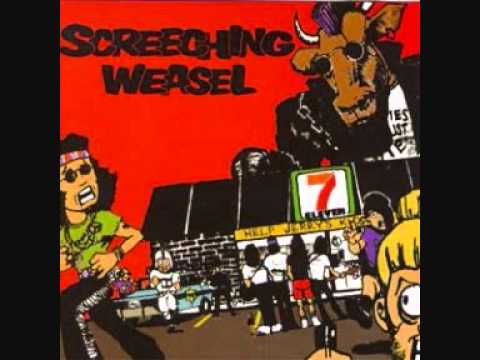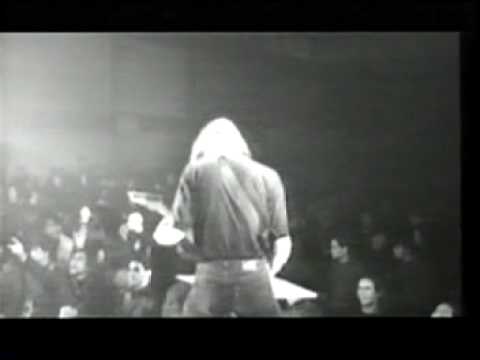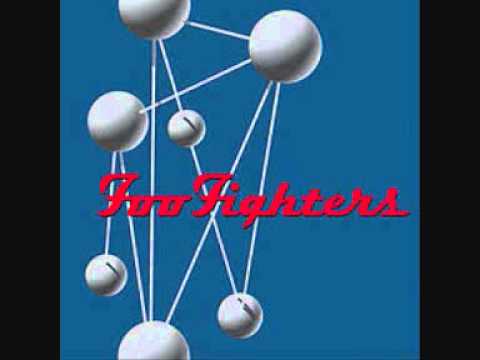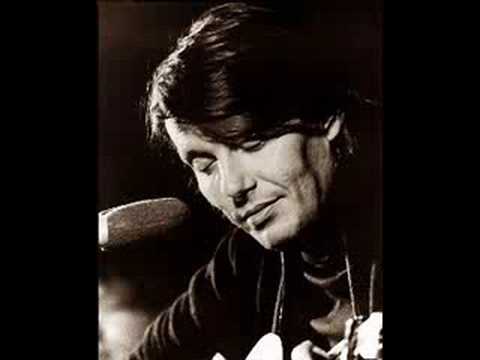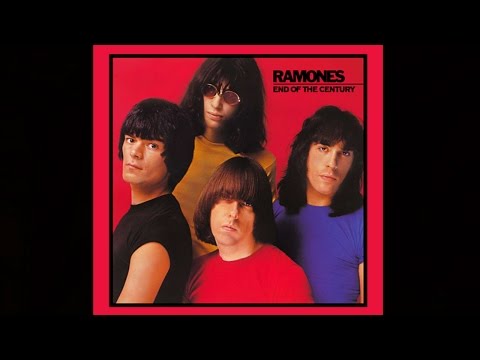A left-handed guitar is basically the opposite of a right-handed guitar, but they are strung the same way. There are ways to see the difference between these two types of guitars, and we will look at them. These differences are pretty obvious and can be easily noticed on classical, acoustic, and electrical guitars the same way.
So let’s look and find out what these differences are between left-hand vs. right-hand guitars.
What Are the Differences?
The most prevalent version is the right-hand guitar that a player can string upside down so left-handed people can play them. That is, they will be able to strum with their left hand and fret with the right hand, precisely opposite to right-hand playing.
But that does not mean a right-hand guitar that is strung for a left-hand person is a left-handed guitar. Let’s look at a real left-hand guitar to see the difference between these two types of guitars.
Left-Hand Guitar
You will find several slight physical differences between a right-hand guitar and a left-hand guitar, and you just need to look for them.
Strap Peg
One of the most noticeable differences between a left-hand and a right-hand guitar is the position of the strap pegs. On a right-hand guitar, you will find the rear strap peg in the center of the guitar body.
On the other hand, the front peg is located on the top side of the body just above the neck.
With a left-hand guitar, the back peg is also located in the center of the guitar body.
But, the front strap peg is located at the bottom part of the guitar body and just below the neck.
The Pickguard
If you lay a right-hand guitar on its back, you will find the pickguard is located below the soundhole. If you are standing at the body side of your guitar and the neck is facing away from you.
On a left-hand guitar, you will find that the pickguard is located topside of the soundhole if you set the guitar down the same way.
Position of the Nut
The nut is the thin, primarily white strip of plastic located at the head side to hold the strings in position. Each notch found on the nut is a different size to accommodate different sizes of strings so that they can fit in properly.
On a right-hand guitar, you will find that the most prominent notch is located at the top, and the thinnest is at the bottom. In a left-hand guitar, you will find that this is not the case, but it will seem that it is fitted upside down.

The Angle of the Saddle
This is yet another easily noticeable difference between a left-hand and a right-hand guitar that can easily be picked up when you look closely. The saddle or thin strip of plastic at the bridge side of the neck works the same as the nut.
You will find that on a right-hand guitar, the larger notch is at the top, while on a left-hand guitar, it is at the bottom. It is also angled differently so that the side where the thickest string fits is a bit further away from the hole.
Side Markers of the Fretboard
This is also another way to determine whether a guitar is a right- or a left-hand model. On most guitars, you will find tiny white dots on the top of the fretboard to indicate the position of certain frets.
These fretboard side markers are usually located at the third, fifth, and every second fret up to number twelve. The problem is that those side markers are located at the bottom side of the guitar neck on a left-hand guitar.
The Strings
Another way to see whether it is a left-hand guitar or a right-hand one is to take a closer look at the strings. If you lay the guitar down on its back, you will see that strings are upside down which is the opposite of a right-handed guitar.
But, as mentioned before, this can be a right-hand guitar that is stringed upside down so that a guitarist can play it with the left hand. So it would be best if you looked at the other physical differences to see whether it is designed to be a left-hand guitar or not.
Upside Down Players
Some left-handed people play a right-hand guitar with the strings stringed upside down with the thickest string at the bottom. Unfortunately, this means that everything they play needs to be learned upside down as well.
Summary
Hopefully, this will help you in the future to know the difference between these two guitar versions. Armed with this information, you will now be able to determine whether a guitar is truly a left-hand guitar or not.


